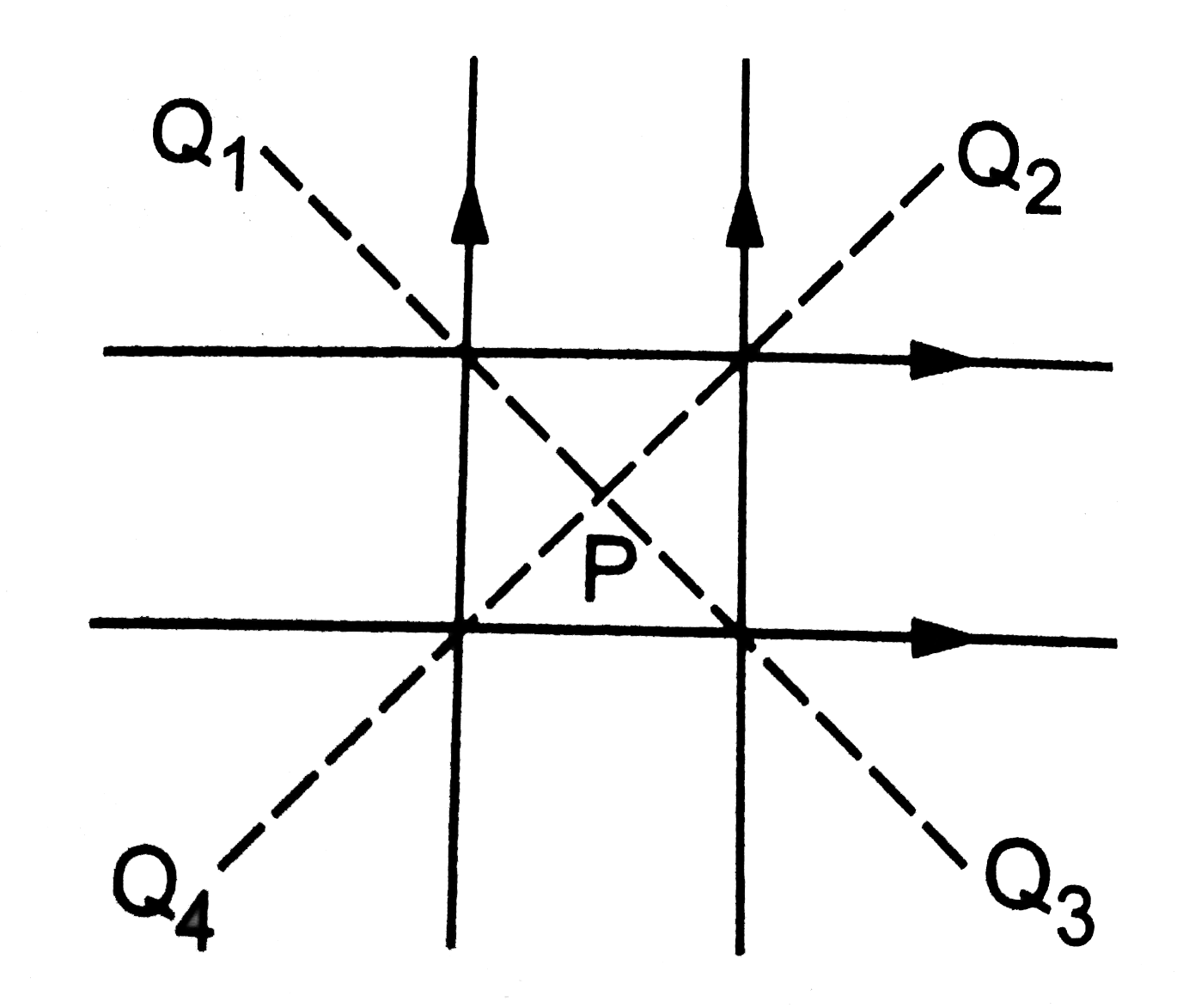P□Q=P+2Q for all integers P and Q
Quantity AQuantity B11□55□11
The correct Answer is:b
To solve the problem, we need to evaluate the two expressions defined by the operation P□Q=P+2Q for the given values in Quantity A and Quantity B.
1. Identify the operation: The operation defined is P□Q=P+2Q.
2. Evaluate Quantity A:
- For Quantity A, we have 11□5.
- According to the operation, we substitute P=11 and Q=5:
11□5=11+2×5
- Calculate 2×5:
2×5=10
- Now substitute back:
11□5=11+10=21
- Therefore, Quantity A is 21.
3. Evaluate Quantity B:
- For Quantity B, we have 5□11.
- Again, using the operation, we substitute P=5 and Q=11:
5□11=5+2×11
- Calculate 2×11:
2×11=22
- Now substitute back:
5□11=5+22=27
- Therefore, Quantity B is 27.
4. Compare the two quantities:
- Quantity A = 21
- Quantity B = 27
- Since 27>21, we conclude that Quantity B is greater than Quantity A.
Final Conclusion:
- Quantity A is 21 and Quantity B is 27. Thus, Quantity B is larger than Quantity A.
- For Quantity A, we have 11□5.
- According to the operation, we substitute P=11 and Q=5:
11□5=11+2×5
- Calculate 2×5:
2×5=10
- Now substitute back:
11□5=11+10=21
- Therefore, Quantity A is 21.
- For Quantity B, we have 5□11.
- Again, using the operation, we substitute P=5 and Q=11:
5□11=5+2×11
- Calculate 2×11:
2×11=22
- Now substitute back:
5□11=5+22=27
- Therefore, Quantity B is 27.
- Quantity A = 21
- Quantity B = 27
- Since 27>21, we conclude that Quantity B is greater than Quantity A.
- Quantity A is 21 and Quantity B is 27. Thus, Quantity B is larger than Quantity A.
Similar Questions
OPQR is a square and M,N are the midpoints of the sides PQ and QR , respectively. If the ratio of the area of the square to that of triangle OMN is λ:6, then λ4 is equal to 2 (b) 4 (c) 2 (d) 16
View SolutionThe graph shows a linear relation between variable y and x. Consider two quantities p and q defined by the equations.
p=yx
q=y−bx
As x changes from zero to a, which of the following statements are correct according to the graph?
A. Quantity p increases and q decrease.
B. Quantity p decrease and q increases
C. Quantity p decreases and q remain constant
D. Quantity p increases and q remain constant.
View Solution
Knowledge Check
0<p<q<r
Quantity AQuantity Bp+qq+rAQuantity A is greater.BQuantity B is greater.CThe two quantities are equal.DThe relationship cannot be determined from the infromation given.0<p<q<r
Quantity AQuantity B q−p +q ¯¯¯¯¯¯¯¯¯¯¯2q−p(?)r−q -q¯¯¯¯¯¯¯¯¯¯¯r−2qAQuantity A is greater.BQuantity B is greater.CThe two quantities are equal.DThe relationship cannot be determined from the infromation given.Column Ap and q are two postive integers and p/q = 7.5Column Bq15
AIf column A is largerBIf column B is largerCIf the columns are equalDIf there is not enough information to decide
Four long, straight wires, each carrying a current of 5.0 A, are placed in a plane as shown in figure . The points of intersection form a square of side 5.0 cm. (a) Find the magnetic field at the centre P of the square. (b) Q1,Q2,Q3andQ4 are points situated on the diagonals of the square and at a distance from P that is equal to the length of the diagonal of the square. Find the magnetic fields at these points.

View SolutionIn Figure, PQRS is a square. Determine ∠SRP.
View SolutionWhich of type of is used in following statements
p : A physical quantity is scalar or vector
q : A number is multiple of 5 or 25
View SolutionLet n quantities be in A.P., d being the common difference. Let the arithmetic mean of the squares of these quantities exceed the square of the arithmetic mean of these quantities by a quantity p. Then p
View SolutionIf f(x) = px +q, where p and q are integers f (-1) = 1 and f (2) = 13, then p and q are
View Solution